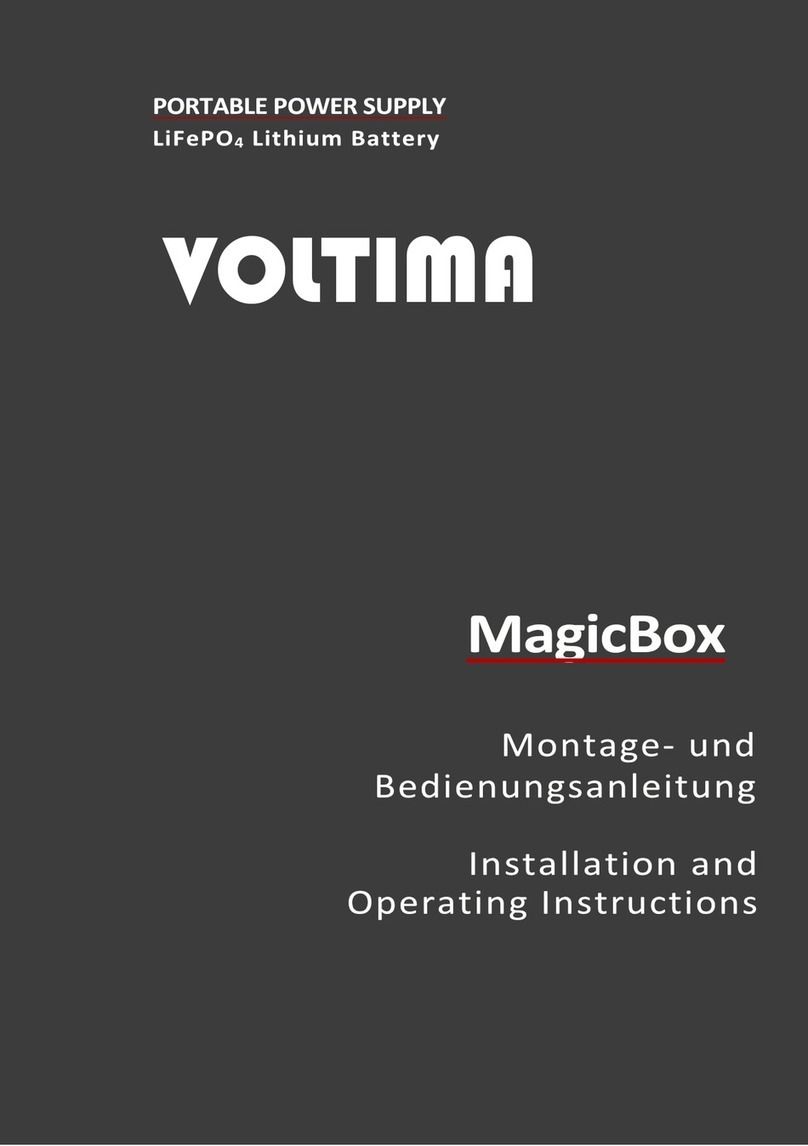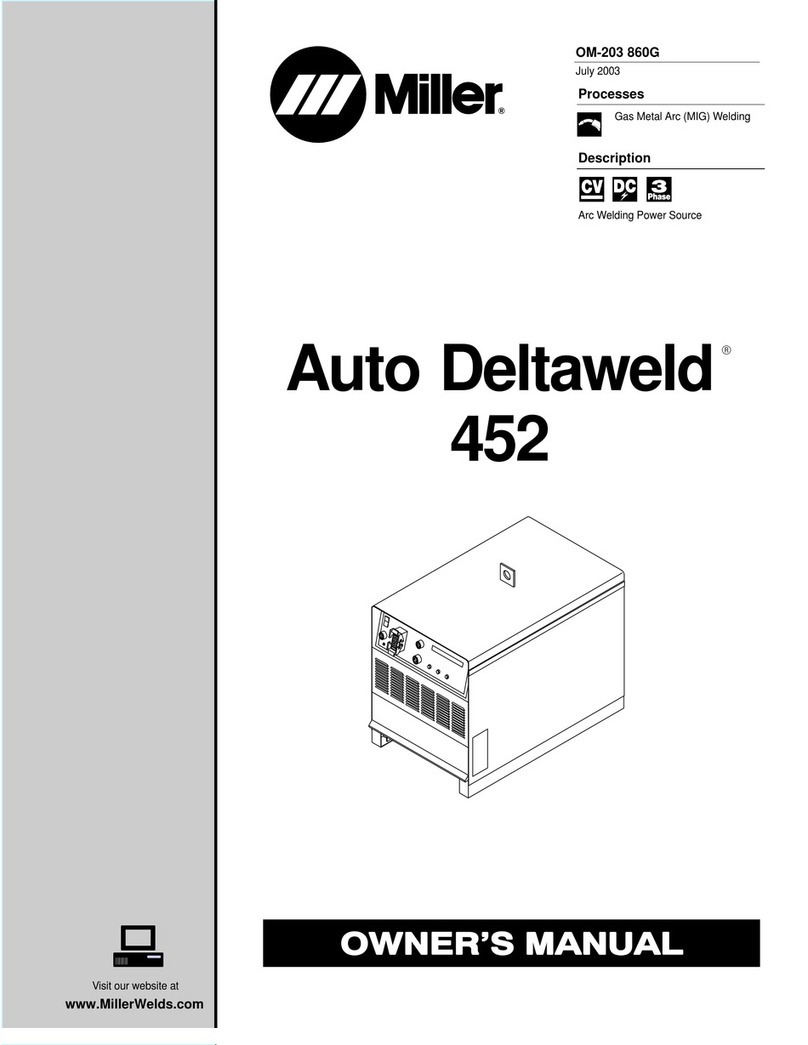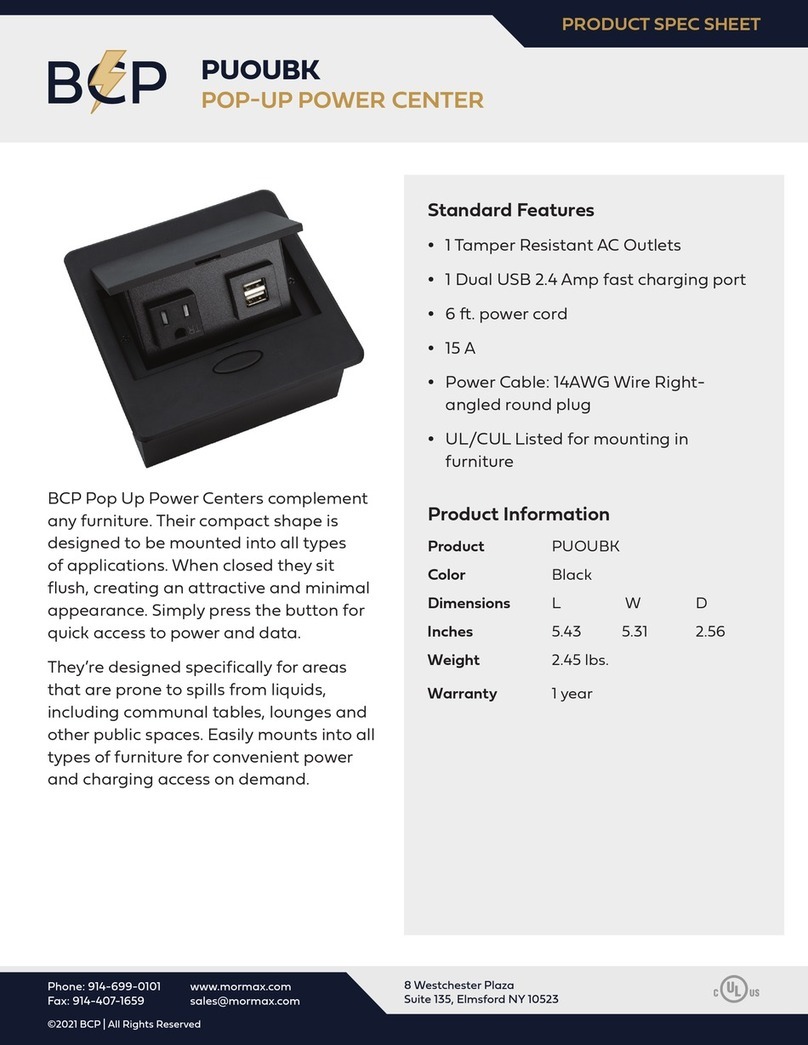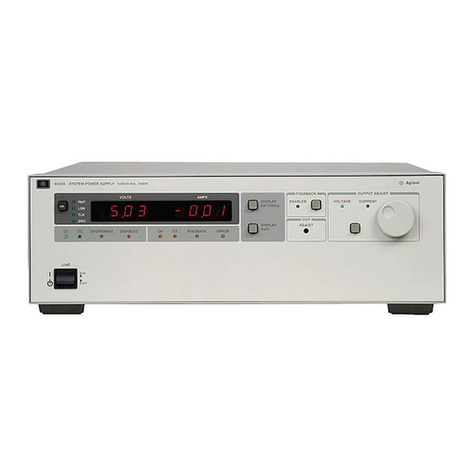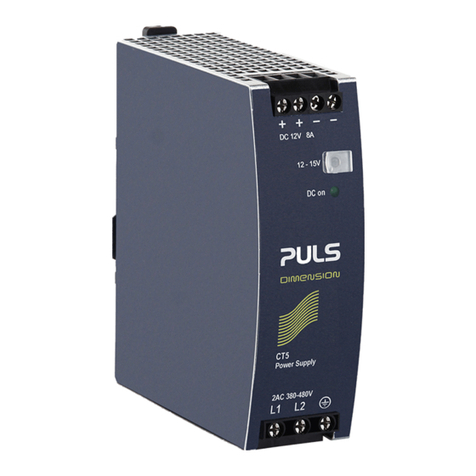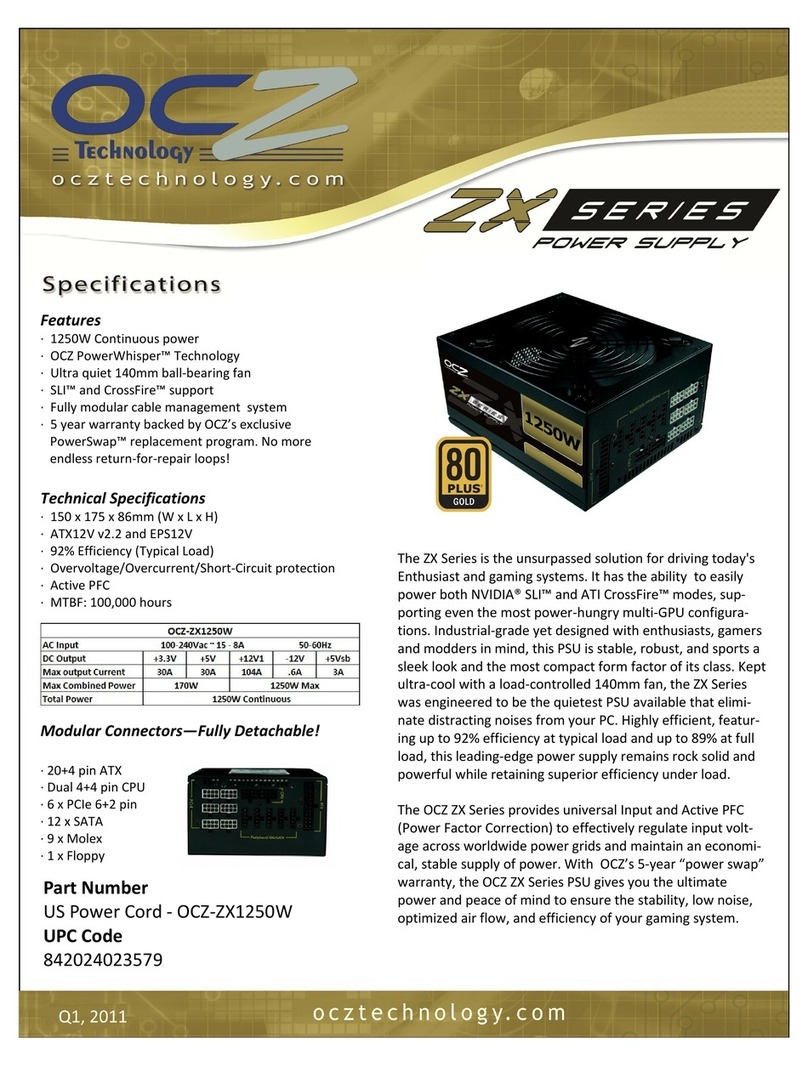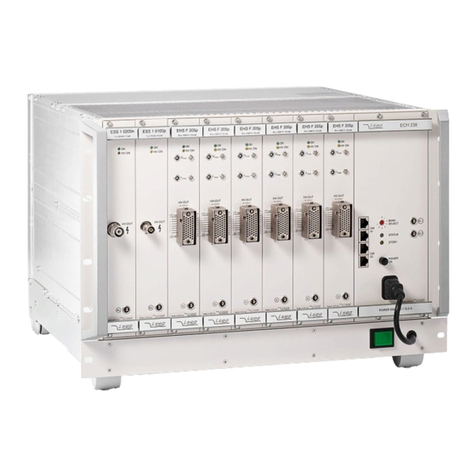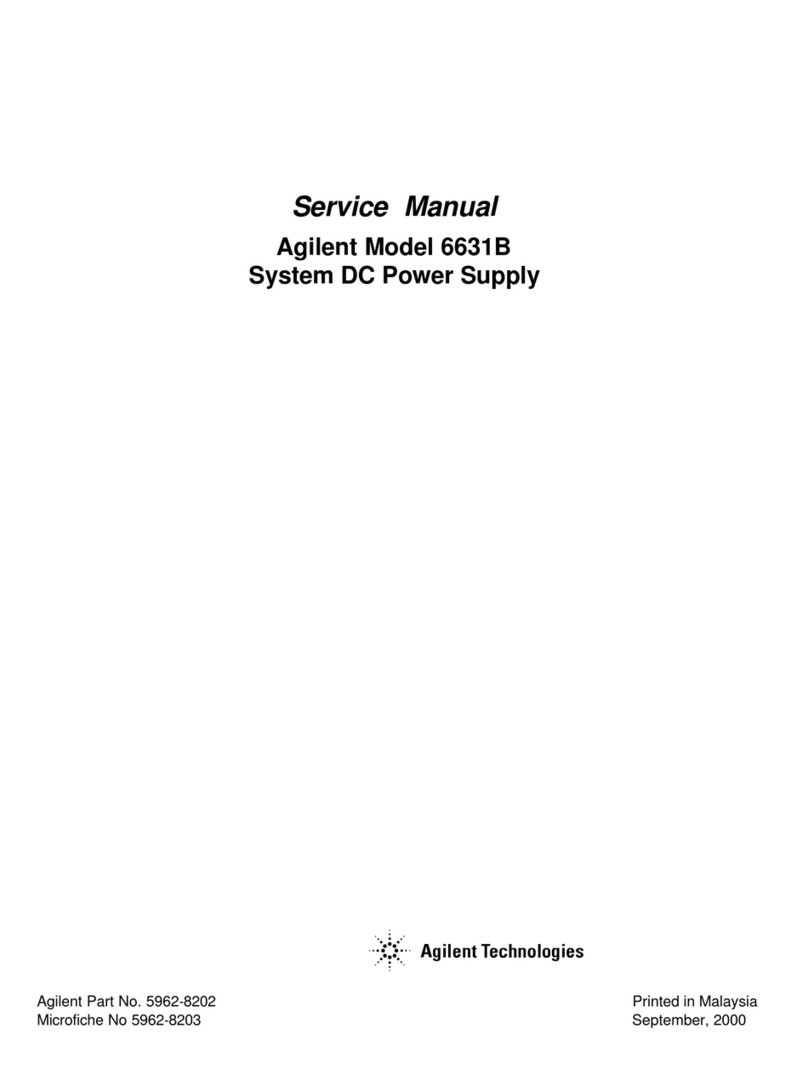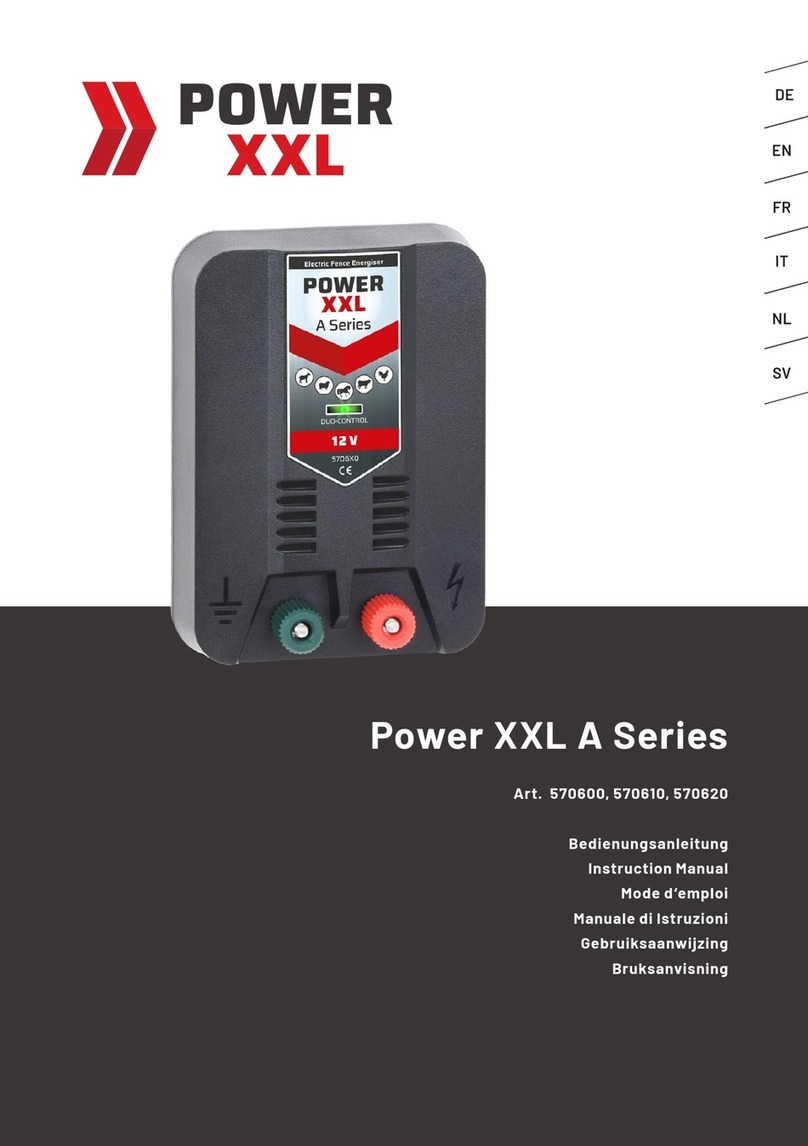APsystems ECU-C Instruction Manual

Installation / User Manual
Rev 1.3 rev 1
© All Rights Reserved
ECU-C Energy communication unit
with advanced functions

ECU-C Installation/User Manual
1
Table of Contents
Important Safety Instructions................................................................................... 2
1.Introduction............................................................................................................ 3
2.Interface Explanation............................................................................................. 4
2.1 Interface Layout......................................................................................................... 4
2.2 AC Input Port..............................................................................................................4
2.3 DC Input Port..............................................................................................................4
2.4 RJ45 Ethernet Network Port...................................................................................... 5
2.5 RJ45 Signal(Only for Australia)............................................................................. 5
2.6 USB Interface............................................................................................................. 5
2.7 Reset.......................................................................................................................... 5
3.Hardware Installation.............................................................................................6
3.1 Preparation................................................................................................................ 6
3.2 Selecting an Installation Location for the ECU-C........................................................6
3.3 Cable Connections..................................................................................................... 8
3.4 RJ45 Signal connection.............................................................................................. 8
3.5 Internet Connection...................................................................................................8
3.6 Current transformer interface................................................................................. 10
3.7 Contactor connection.............................................................................................. 11
4.Basic Operation.................................................................................................... 12
4.1 Restore the factory set operation............................................................................12
5.Local Network Interface....................................................................................... 13
5.1 Connecting to the ECU-C via the Local Wireless......................................................13
5.2 Home Screen............................................................................................................13
5.3 Real-time Data Screen..............................................................................................15
6.Remote ECU-C Management (EMA).................................................................... 25
6.1 ECU-C Configuration/ECU-C Status Page................................................................. 26
6.2 Setting the ECU-C Time Zone...................................................................................27
6.3 Managing Inverter IDs and Updating the Inverter ID List........................................27
7.Technical Data...................................................................................................... 29

ECU-C Installation/User Manual
2
Important Safety Instructions
Symbols replace words on the equipment, on a display, or in
manuals.
Trademark.
Caution, risk of electric shock.
Equipment protected throughout by double insulation or
reinforced insulation
CE mark is attached to the solar inverter to verify that the unit
follows the provisions of the European Low Voltage and EMC
Directives.
Qualified
personnel
Person adequately advised or supervised by an electrically
skilled person to enable him or her to perceive risks and to avoid
hazards which electricity can create. For the purpose of the
safety information of this manual, a "qualified person" is
someone who is familiar with requirements for safety, and EMC
and is authorized to energize, ground, and tag equipment,
systems, and circuits in accordance with established safety
procedures. The inverter and system may only be commissioned
and operated by qualified personnel.

ECU-C Installation/User Manual
3
1.Introduction
The APsystems Energy Communication Unit (ECU-C) is the information gateway
for our microinverters. The unit collects module performance data from each
individual microinverter and transfers this information to an Internet database in
real time. Through the APsystems Energy Monitoring and Analysis (EMA)
software, the ECU-C gives you precise analysis of each microinverter and module
in your solar installation from any web-connected device. The ECU-C’s
integrated http webserver offers the simplest and most flexible network
integration of any data logger on the market. The user-friendly browser-based
interface lets you access your solar array in seconds.
Features
Collects individual module and microinverter statistics
Remote communication
Requires no additional wiring
Applicable commercial system
The APsystems Microinverter is used in utility-interactive grid-tied applications,
and is made up of three key elements:
APsystems Microinverter
APsystems Energy Communication Unit (ECU-C)
APsystems Energy Monitoring and Analysis (EMA) web-based
monitoring and analysis system
Figure 1
A systems
Energy Communication Unit
(ECU-C)
P
……
……
PV
Module
A systems MicroinverterP
AC Box
LAN
Wi-Fi
GPRS
A systems MonitoringP
……
AC connection service
(EMA)
ZigBee
Server
Router Internet

ECU-C Installation/User Manual
4
2.Interface Explanation
2.1 Interface Layout
The ECU-C interface includes, (figure 2) from left to right, are AC Input、
Production CT、Consumption CT、Relay Output、RelayFeedback Input、Reset.
Additional ports (figure 3) from left to right,
arePort、DC、RS232、RS485、USB1、USB2、RJ45、 Internet、RJ45 Signal.
AC Input Production CT Consumption CT Relay Output RelayFeedback Input Reset
Figure 2
Port DC RS232 RS485 USB1 USB2 RJ45 Internet RJ45 Signal
Figure 3
2.2 AC Input Port
The AC Input port connects power through the power line. If only single-phase
power is needed, the L1 must be connected.
L1
L2
L3
N
PE
Three Phase
√
√
√
√
√
Single Phase
√
×
×
√
√
The AC input power should be assembled with a power cord or
disconnectable hard wired circuit (e.g. when the current is greater than
1A, the disconnector should be operated).
2.3 DC Input Port
The DC Input port connects power through the 16V DC power line.

ECU-C Installation/User Manual
5
2.Interface Explanation
2.4 RJ45 Ethernet Network Port
The ECU-C allows the user to communicate with the EMA, or log in to the
ECU-C's local page in the absence of the wired LAN and WLAN, to set up the
system and view the system data via Ethernet network port.
2.5 RJ45 Signal(Only for Australia)
The RJ45 Signal is designed for DRM0, it should be connected by RJ45 connector
in the package otherwise the inverters will not work.
Figure 4
2.6 USB Interface
The USB interface is reserved.
2.7 Reset
Press the Reset button for three seconds or longer, and the ECU-C will
automatically return to the default settings.
After the return to "Default" the historical power generation won't be cleared.
RJ45 Signal

ECU-C Installation/User Manual
6
3.Hardware Installation
3.1 Preparation
Make sure you have the following components ready before beginning to install
the ECU-C:
A broadband Internet connection available for your use.
A broadband router with either a CAT5 Ethernet, or a wireless router .
A laptop with a web browser (to view the APsystems EMA online
monitoring application).
A pre-programmed ECU-C.
3.2 Selecting an Installation Location for the ECU-C
Choose a location that is electrically as close to the array as possible.
The ECU-C is NOT rated for outdoor use, so if installing outdoors near a
junction box or breaker panel, make sure you enclose it in an
appropriate weatherproof NEMA electrical box.
Avoid installation where children can reach.
1) Power Distribution Cabinet Installation
If you use the energy communicator in power distribution cabinet:
Pull the four snap out with a screwdriver.
Figure 5

ECU-C Installation/User Manual
7
3.Hardware Instrallation
Attach two buckles below in the edge of the guide, press two buckles
above, then embed to the edge of the guide.
Figure 6
Do not put the antennas inside a metal box, that will block the signal.
2) Using a Wall Mount
When mounting the ECU-C to a wall, make sure to select a cool, dry indoor
location.
The energy communicator is fixed on the wall with wall screws or anchors.
Four M4 screws + spacers are fixed to the wall, and the punch sizes are
as follows:
Figure 7
110mm(4.3' )'
129.4mm(5' )'

ECU-C Installation/User Manual
8
3.Hardware Installation
3.3 Cable Connections
Power Connection Port
Network port
Figure 8
Connect the power cable to the power connection port on the top of the
ECU-C. (Can also be DC power supply).
Connect the supplied LAN cable to the network port on the bottom of the
ECU-C.
3.4 RJ45 Signal connection
Plug the RJ45 connector in the package to RJ45 Signal port.
3.5 Internet Connection
There are three different approaches to connecting the ECU-C to the Internet:
Option 1: Direct LAN cable connection.
1) Make sure the LAN cable is connected to the network port on the bottom
of the ECU-C.
2) Connect the LAN cable to a spare port on the broadband router.

ECU-C Installation/User Manual
9
3.Hardware Installation
Figure 9
Option 2: Wireless Connection.
Use ECU-C internal WLAN (see Managing the WLAN Connection, pg. 23).
Option 3: Using a PLC bridge:
1) Make sure the LAN cable is connected to the network port on the bottom
of the ECU-C.
2) Connect the LAN cable to the “send” unit of the PLC bridge.
3) Connect a LAN cable from the “receive” unit of the PLC bridge to a spare
port on the broadband router (refer to the bridge users manual for
specific operating instructions).
Figure 10
The network cable in the package can be used to connect the ECU-C with
PC directly. One side is connected with the ECU-C and the other side is
connected with the PC. Then change the IP address and the network
mask to 192.168.131.1 and 255.255.255.0, respectively.
1. A PLC bridge uses the power line to communicate and requires both a
“send” and “receive” unit.
2. The quality and length of the LAN cable will affect the ECU-C
communication quality. You can use a Switch to enhance the
communication quality if necessary.
Other manuals for ECU-C
3
Table of contents
Popular Power Supply manuals by other brands
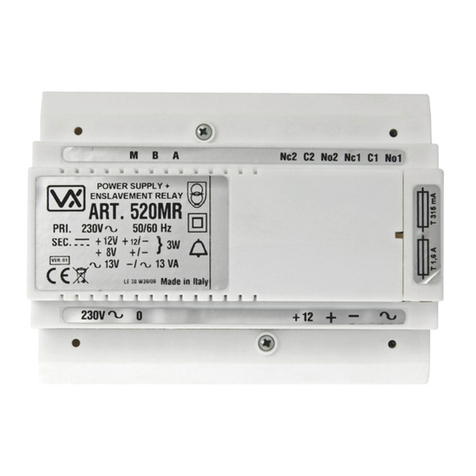
Videx
Videx 520MR Installation instruction

Poppstar
Poppstar 1008821 Instructions for use
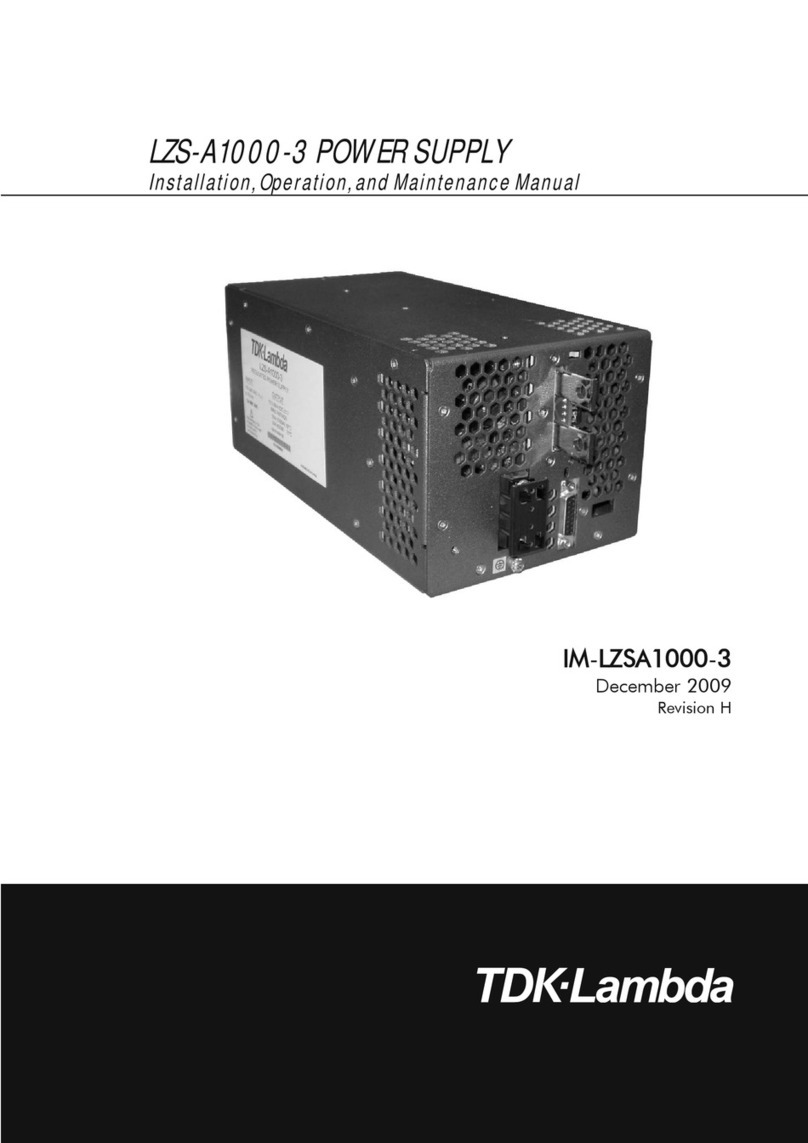
TDK-Lambda
TDK-Lambda LZS-A1000-3 Installation, operation and maintenance manual
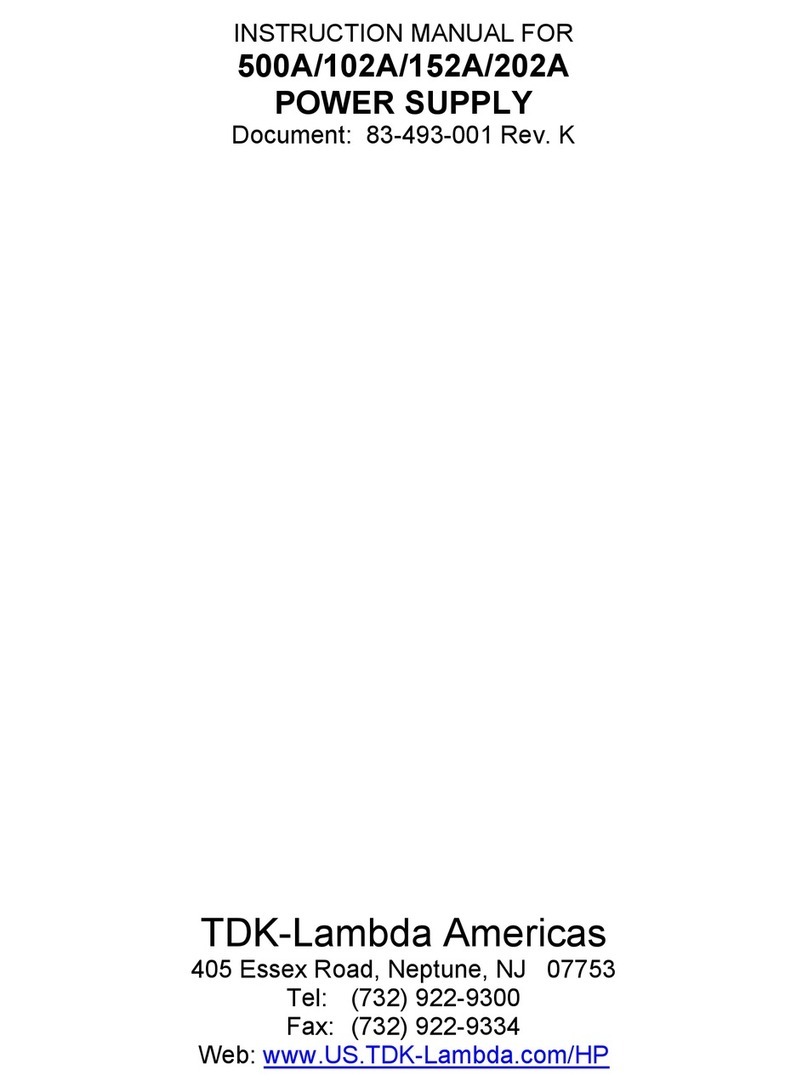
TDK-Lambda
TDK-Lambda 500A instruction manual
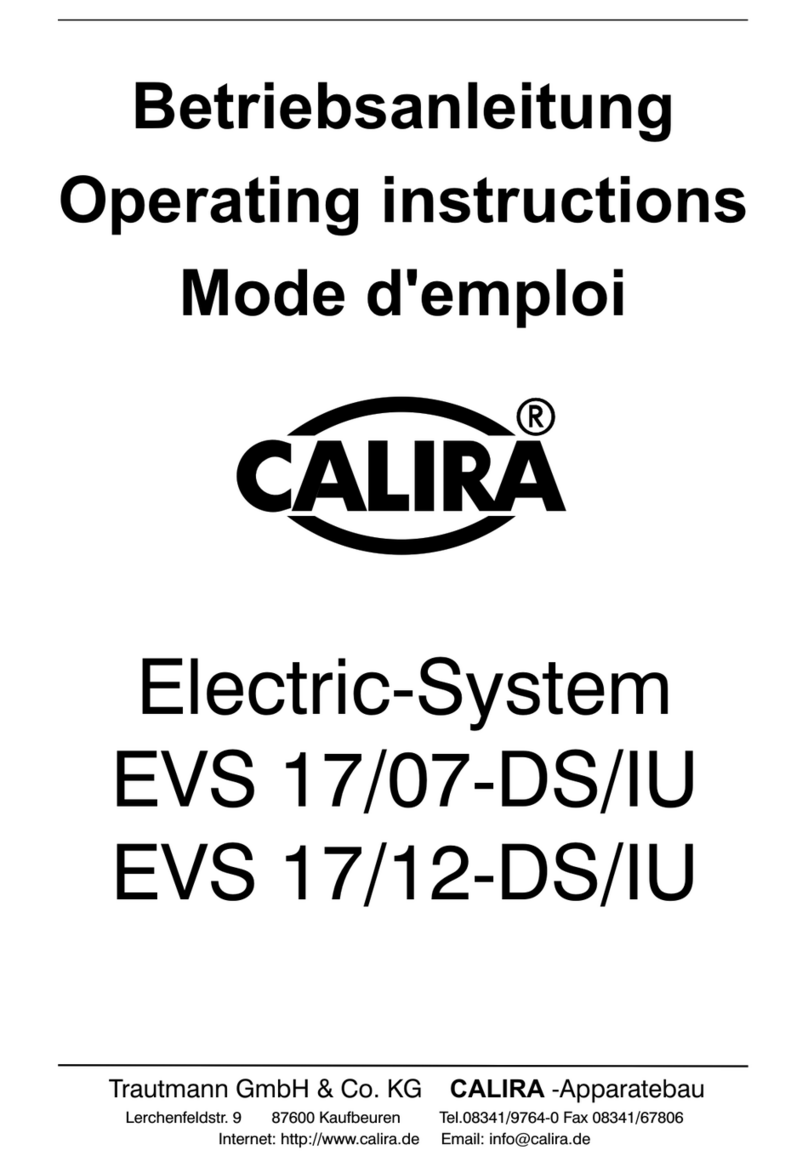
Calira
Calira EVS 17/07-DS/IU operating instructions
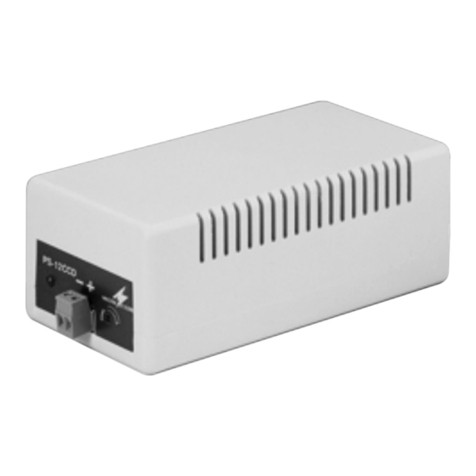
Monacor
Monacor PS-12CCD instruction manual
